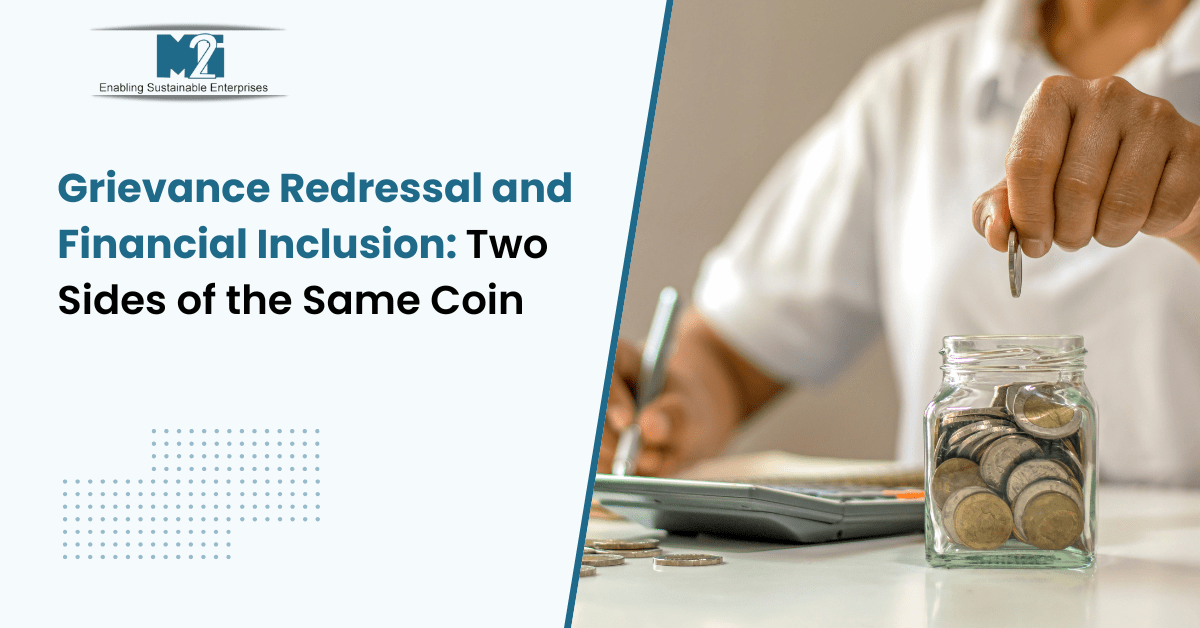
Grievance Redressal and Financial Inclusion: Two Sides of the Same Coin
Financial inclusion isn’t just about opening bank accounts or disbursing loans—it’s about creating an ecosystem where every user, especially from underserved communities, feels heard, respected, and protected. For millions of rural customers, women borrowers, and first-time digital users, a bad experience—be it an unexplained charge, denied service, or rude behavior—can drive them away from formal finance altogether.
This is where a robust grievance redressal system becomes essential. Underserved communities often lack the financial literacy or social capital to navigate complex complaint mechanisms. Without accessible, transparent, and timely redress channels, issues go unresolved, leading to mistrust and disengagement from formal services.
Responsive grievance systems not only fix problems—they build confidence. When a woman in a remote village knows she can call a helpline or approach a Relationship Officer and expect a fair hearing, it empowers her to use more financial products, manage her money better, and advocate for her rights.
Financial inclusion is incomplete without customer protection. Institutions that genuinely listen and respond to complaints aren’t just avoiding regulation—they’re investing in long-term client relationships and sustainable impact. Because when people know they’ll be heard, they’re far more likely to stay in the system—and thrive within it.